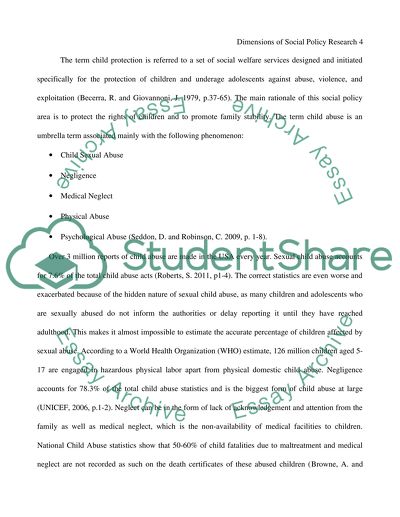Cite this document
(“Dimensions of Social Policy Research Essay Example | Topics and Well Written Essays - 3500 words”, n.d.)
Retrieved from https://studentshare.org/sociology/1397578-dimensions-of-social-policy-research
Retrieved from https://studentshare.org/sociology/1397578-dimensions-of-social-policy-research
(Dimensions of Social Policy Research Essay Example | Topics and Well Written Essays - 3500 Words)
https://studentshare.org/sociology/1397578-dimensions-of-social-policy-research.
https://studentshare.org/sociology/1397578-dimensions-of-social-policy-research.
“Dimensions of Social Policy Research Essay Example | Topics and Well Written Essays - 3500 Words”, n.d. https://studentshare.org/sociology/1397578-dimensions-of-social-policy-research.


